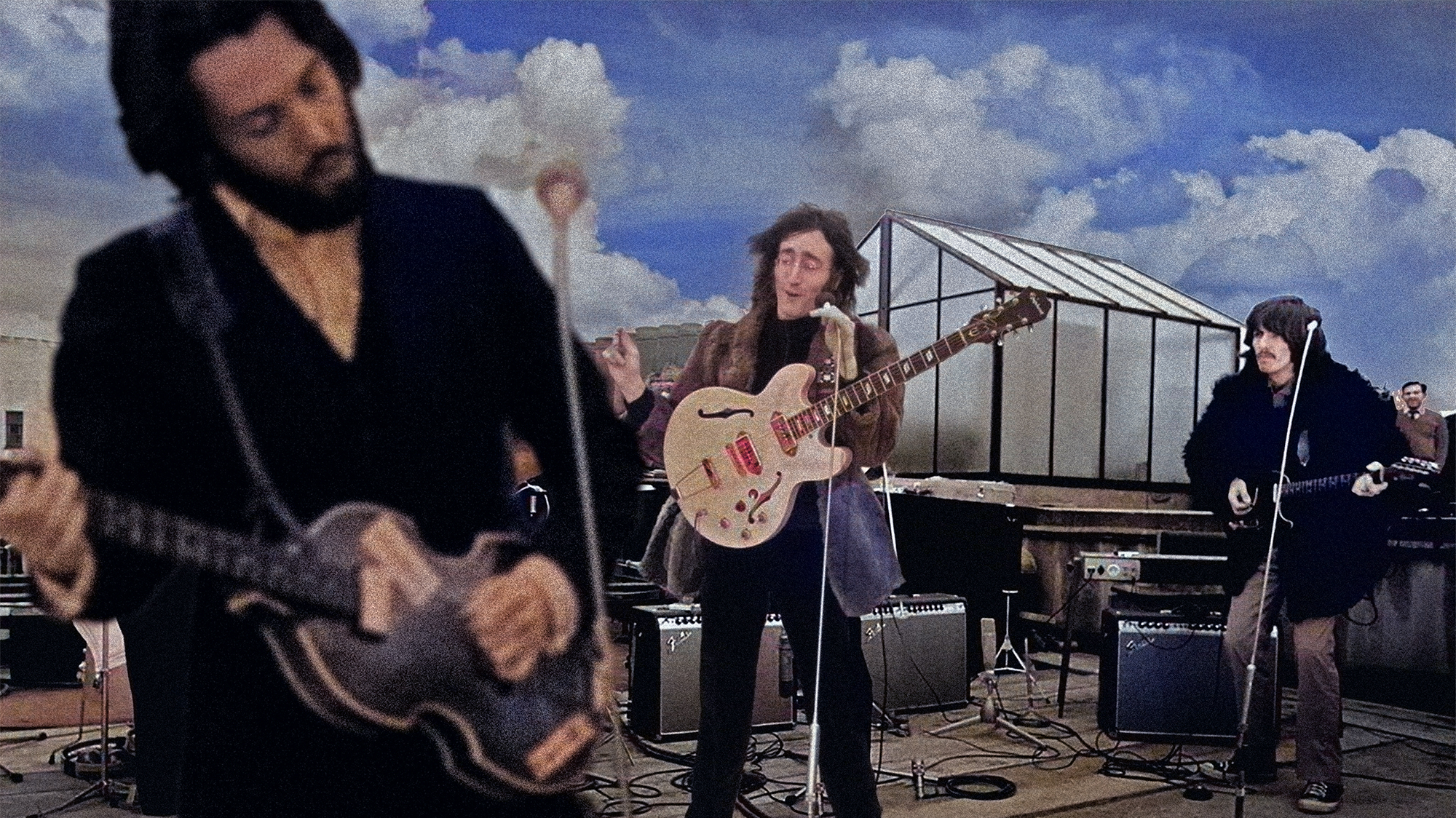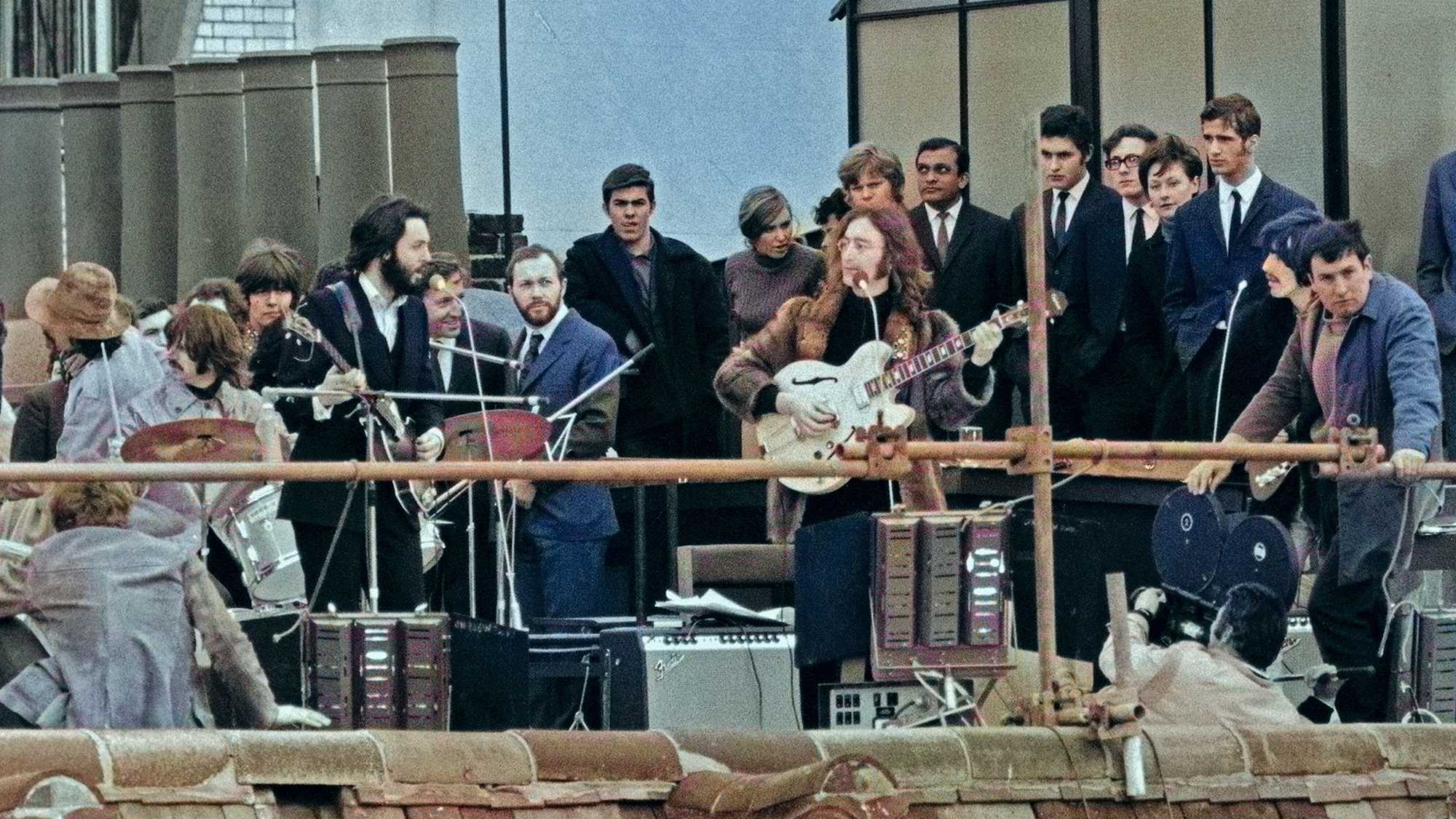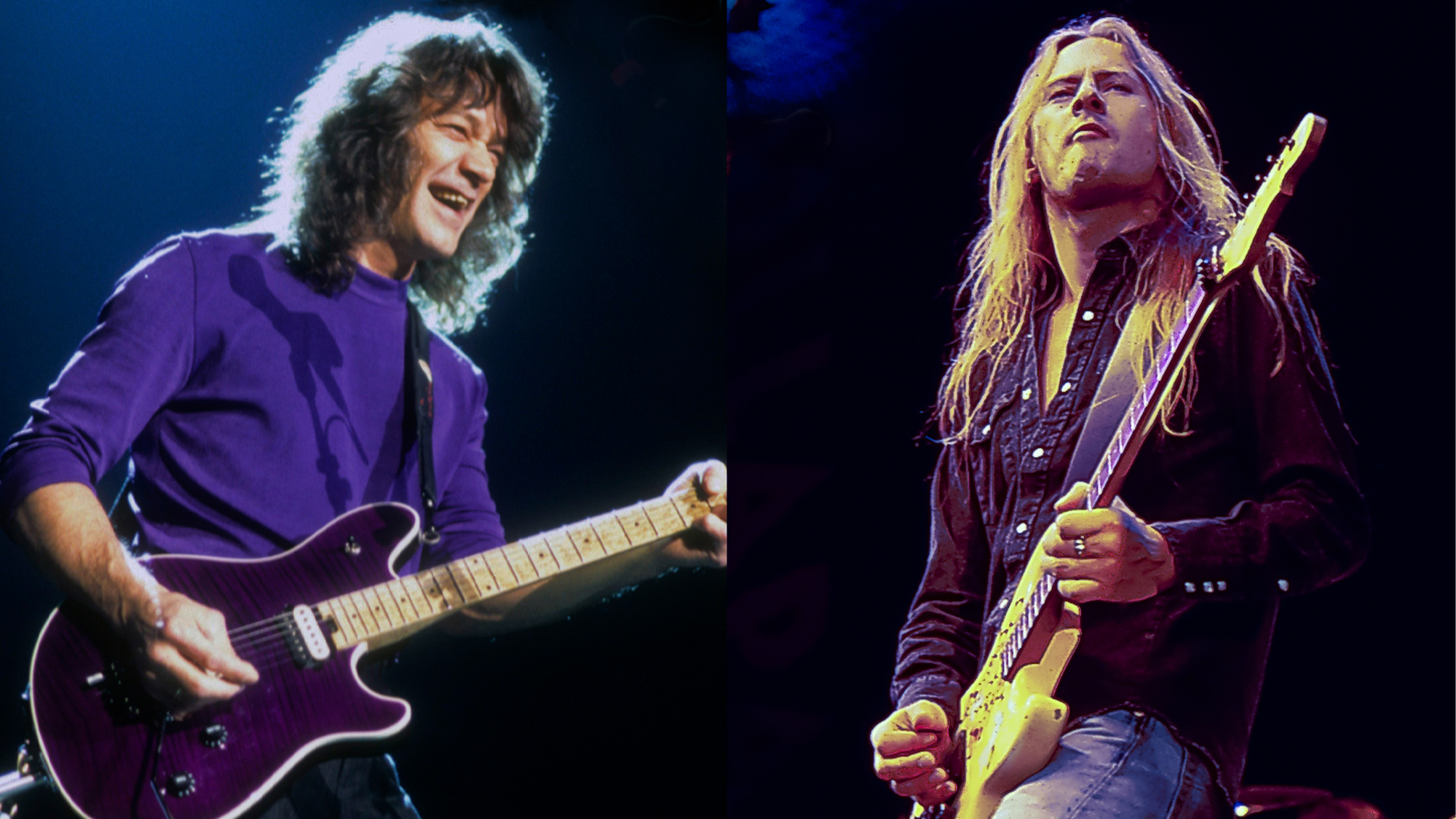“It was like, What am I doing here? This is painful!” In honor of Global Beatles Day, here's why there are four George Harrison guitar solos on “Let It Be”
Over a roughly one-year period, Harrison tracked a quartet of solos on the recording. Here's the story behind each of them

Guitarists and keyboard players don’t have much in common, but they do share a love for “Let It Be,” the Beatles recording released in 1970 as their career sign-off.
In celebration of Global Beatles Day, a.k.a. June 25, Muse Group — the company behind Ultimate Guitar and MuseScore — released data showing “Let It Be” has had the most views on guitar tabs and scores across both platforms over the past year.
But guitarists might be wondering, Which of the “Let It Be” electric guitar solos do players prefer? After all, there are four of them, each recorded by George Harrsion.
It’s remarkable that he put so much time into the endeavor, considering his feelings toward the Beatles — and particularly the song’s composer, Paul McCartney — at the time. As is well known, Harrison quit the band at one point during the Let It Be sessions after he became fed up with McCartney’s bossiness, which had been growing with each album from 1967 onward.
“There came a time possibly around the time of Sgt. Pepper, where Paul had fixed an idea in his brain as to how to record one of his songs,” Harrison explained in The Beatles Anthology book. “He wasn't open to anybody else's suggestions. John was always much more open when it came to how to record one of his songs.
“Paul wanted nobody to play on his songs until he decided how it should go. For me, it was like, What am I doing here? This is painful!”
Despite his feelings, Harrison was committed to giving his all to the music. “Let It Be” was no exception.
All the latest guitar news, interviews, lessons, reviews, deals and more, direct to your inbox!

To understand how four different solos came to be recorded for the song, you have to go back to January 31, 1969. That’s when the Beatles put down the basic tracks for the song, which would be heard on all subsequent versions regardless of the solo.
As a quick refresher, Let It Be began as a project to record the Beatles live in the studio, with no overdubs. After years developing into one of the world's most progressive studio acts, the Beatles decided to release an album on which they would get back (you get the reference, of course) to their roots as a rock and roll band.
During the month of January 1969, they proceeded to rehearse and record — and write — the songs that would go on Let It Be. Getting each take as perfect as possible proved difficult, but they ended up with something that was fairly — if not exactly — true to their original vision.
The sessions on January 31 were the last for the album, and it was critical that the group cut a recording of “Let It Be” that would suit them all.
Take 27 was nearly the charm. There was just one problem: Harrison’s solo — recorded with his Rosewood Fender Telecaster — wasn’t particularly deft, and it included a pretty obvious clunker on the second go-through of the chord changes.
The fix? Try it again. The second attempt was the keeper, and the two takes were numbered 27-A and 27-B, the second of which had the preferred guitar solo.
The solo from take 27-A can be heard in the Let It Be film released in 1970.
The “fixed” version — 27-A with the solo from 27-B swapped in — appeared on Let It Be… Naked, the stripped-down alternate version of Let It Be released in 2003. (Note that Ringo's drum fill in the middle of the solo is different — snare on 27-A and hi-hats on 27-B.)
While the solos are similar, the second is objectively better. On both, Harrison may be using his Leslie 147RV cabinet in addition to a silverface Fender Twin Reverb.
That might have been the end of the story, but as keen-eared Beatles listeners know, two other solos were recorded for “Let It Be”: the one heard on the single, released on March 6, 1970, and yet another heard on the Let It Be album, issued the following May 8.
Apparently unhappy with his second January 31 solo, Harrison overdubbed a new one onto Take 27-A on April 30, 1969. It’s not known which guitar he used for this session, but he’s obviously using the Leslie 147RV. The solo, like its predecessors, hews closely to the chord changes, as if Harrison hadn’t yet found the freedom to truly take the lead on his big break.
On January 4, 1970, he cut yet another solo onto the same take, this time using a searing tone and performing lead work that leapt free of the chordal framework that had constrained his previous versions. Here again, it’s not known which guitar he used but it was likely his red-finished 1957 Gibson Les Paul known as Lucy — he gave the Rosewood Telecaster to Delaney Bramlett in December 1969 (Harrison reportedly called it “the worst guitar I've ever played”).
Producer George Martin was careful not to delete the April 30 version, with the result that both of Harrison’s overdubbed solos were present on the master tape from this point forward.
When it came time to issue “Let It Be” as a single, Martin was faced with choosing between the solos. He chose the April 30 version.
The following March 23, producer Phil Spector was brought in to work on the recordings selected for the album. He chose the January 4 solo.
Interestingly, Harrison’s very first solo from Take 27-A can still be heard faintly in the background of the single and album versions, because it was picked up by other microphones in the room.
Just to bring things full circle, here’s the album version paired up with alternate camera–angle footage of Take 27-A.
Christopher Scapelliti is editor-in-chief of GuitarPlayer.com and the former editor of Guitar Player, the world’s longest-running guitar magazine, founded in 1967. In his extensive career, he has authored in-depth interviews with such guitarists as Pete Townshend, Slash, Billy Corgan, Jack White, Elvis Costello and Todd Rundgren, and audio professionals including Beatles engineers Geoff Emerick and Ken Scott. He is the co-author of Guitar Aficionado: The Collections: The Most Famous, Rare, and Valuable Guitars in the World, a founding editor of Guitar Aficionado magazine, and a former editor with Guitar World, Guitar for the Practicing Musician and Maximum Guitar. Apart from guitars, he maintains a collection of more than 30 vintage analog synthesizers.
![The Beatles - Let It Be (solo) [take 27A] - YouTube](https://img.youtube.com/vi/onUQYTQFQac/maxresdefault.jpg)



